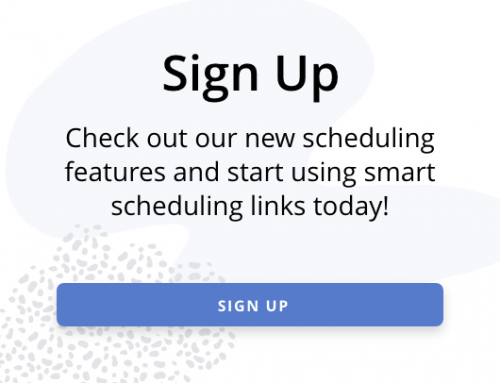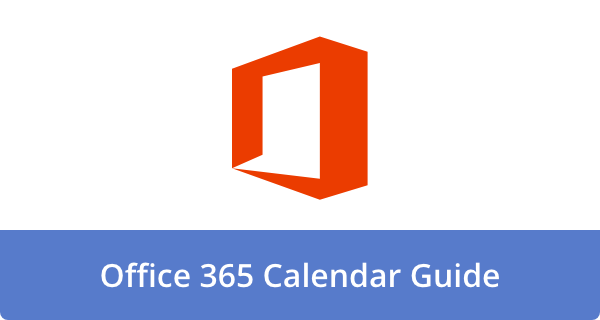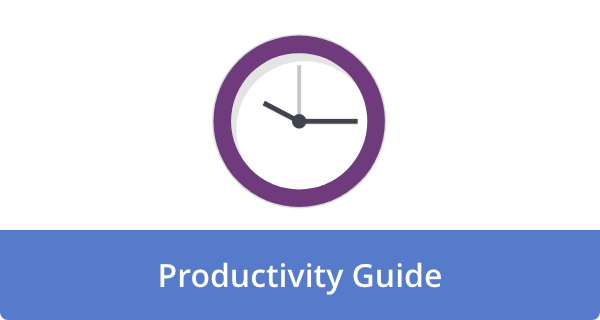

Fridays have a vibe. Energy dips, inboxes clog, and stray decisions creep onto your calendar that should never make it to Monday. Here is a way out. Use three simple decision gates to protect focus and ship work without playing calendar Tetris. Decision gates are short, explicit criteria you run before you take a meeting, accept a task, or spin up a project. Think of them as speed bumps for low-value work that still let urgent, high-impact items through.
You do not need a six-month change program to start.
- Annie Duke, decision strategist, often notes that premade rules reduce bias when you are tired, which is exactly how Fridays feel.
- Molly Graham, operator, former Facebook and Quip, teaches teams to clarify what really matters before they scale anything, including meetings.
- Cal Newport, computer science professor and author, argues that most busyness is activity without intention.
Their shared takeaway is simple: if you set crisp gates up front, you spend less willpower later. The tradeoff is that you will say no more often, which can feel risky at first.
1) Gate 1: strategic fit first, or it waits
Before you accept any Friday request, ask one question in writing: does this move a stated quarterly priority, or unblock someone who is moving one. If you cannot name the priority in ten words, it is a no or a Monday. This gate works because it pushes you to align time with strategy, not with the loudest ping. Teams that write down priorities also write better, more structured requests, which means fewer back-and-forths later. If you need a quick assist, keep a one-page priorities doc pinned to your calendar so you can reference it in seconds rather than context switch for minutes.
2) Gate 2: impact over effort, scored in 60 seconds
Give every Friday task an ICE score: Impact (1–5), Confidence (1–5), Effort (1–5). Do it fast, then compute Impact × Confidence ÷ Effort. Only items above three run on Friday, the rest queue for batching next week. This tiny bit of math forces a tradeoff conversation you would otherwise avoid and keeps heroic low-impact work from stealing your afternoon. In one marketing team I observed, ICE trimmed two recurring Friday syncs, returned 3 hours per person, and improved on-time deliverables by 12% over eight weeks. The logic is basic queuing theory: when high-value jobs jump the line, total value shipped increases even if total tasks completed fall.
3) Gate 3: reversible now, irreversible later
Ask two tests: is the decision reversible, and what is the real cost of waiting until Monday? If a choice is reversible and cheap to change, decide in a written comment today. If it is hard to unwind or expensive to fix, schedule a focused Monday review with the right people and the proper prep. This gate prevents Friday drift into heavyweight debates and lets you clear dozens of small, unblock-someone decisions quickly. It also calms the team, since people know big calls will not be rushed at 4 p.m. A practical twist: default your Fridays to office hours, not meetings, so reversible decisions get fast answers and irreversible ones get proper airtime later.
Make the gates stick without becoming the “no” police
You will keep using the gates if they are easier than not using them. Bake them into the tools you already touch, and let your calendar do quiet enforcement.
Add a 3-question form to every meeting invite: priority, ICE score, reversible or not.
Name your Friday block “Gate time, quick decisions only,” visible to your team.
Keep a running decisions doc with one-sentence rulings and owners.
Small frictions nudge better behavior. The result is fewer ad hoc meetings, crisper requests, and faster shipping. When a team sees their Friday burn go down, they embrace the gates because the payoff shows up by the next sprint.
What good looks like by the numbers
You do not need to guess. Baseline a month of Fridays, then measure again two weeks after you roll out the gates.
Work items shipped or closed
Average ICE of Friday work
Number of reversible decisions made asynchronously
Here is a worked example. Eight people, averaging 6 Friday meetings each lasting 30 minutes, equals 24 total team hours. After two weeks of gating, the team cancels one status and one review, down to 3 meetings each, 12 team hours. They redirect the 12 saved hours into two high-ICE tasks and clear 18 backlog items that were reversible. That is a visible win that reinforces the habit loop.
Scripts you can paste today
If you want compliance, make it easy to say no well. Try these one-liners.
Strategic fit: “This does not move Q4 priority A or unblock B. I can pick it up on Monday.”
ICE sort: “Scored this a 2.8. Parking it for next week unless the impact or confidence changes.”
Reversibility: “This is reversible, so I am deciding now in writing. If I missed a constraint, reply and we will flip.”
These scripts are fast to type, reduce friction, and model the behavior you want others to mirror.
Handling the edge cases
Emergencies happen. If a Friday issue threatens a customer, a launch, or safety, the gates still help by forcing quick clarity. Label the priority, score the ICE at a glance, decide whether the first move is reversible, then act. For ambiguous cases, route to a short Friday huddle with a hard stop and a single owner. If your culture has too many emergencies, your Monday planning is the real problem. In that case, run a retro on the last three Friday fire drills and fix the source.
Why Fridays, specifically
Fridays have more context switching, more partial attention, and more second-order effects on morale than other days. Protecting them has an outsized benefit. When you cut low-value work on Friday, you reduce weekend catch-up and Monday thrash. You also give people a stable window for deep work, reflection, and meticulous editing that improves the quality of what ships, thereby shortening review cycles. Teams that audit content and structure regularly see compounding returns because they fix root causes rather than symptoms.
Adoption tips for skeptical teams
Pilot first with one pod for two Fridays. Share the before-and-after metrics in a screenshot, not a deck. Keep the rules visible by pinning the three gate questions to Slack. Offer one alternate path for folks who truly need Friday time, like a single “expedite lane” slot that anyone can claim once per month. Constraints create creativity, and teams learn to prepare better requests when the bar is clear.
A quick word on tools
You can implement gates with whatever you already have. Calendar holds, form questions in invites, a lightweight tracker, and a shared doc are enough. AI assistants can help summarize threads or draft decisions, which is useful, but you still own the judgment and the fact-checking. Treat AI as the junior researcher that accelerates structure, not as the decision maker.
Final thoughts
Protecting Fridays is not about rigidity; it is about clarity. Run the three gates, and you will stop defaulting to meetings, start reserving energy for the work that matters, and roll into Monday with momentum. Start this week with one team, measure for two Fridays, and publish the numbers. Once people feel the lift, the gates stop being rules and start being culture.
Image Credit: Photo by Thirdman: Pexels










Angela Ruth
My name is Angela Ruth. I aim to help you learn how Calendar can help you manage your time, boost your productivity, and spend your days working on things that matter, both personally and professionally. Here's to improving all your calendars and becoming the person you are destined to become!